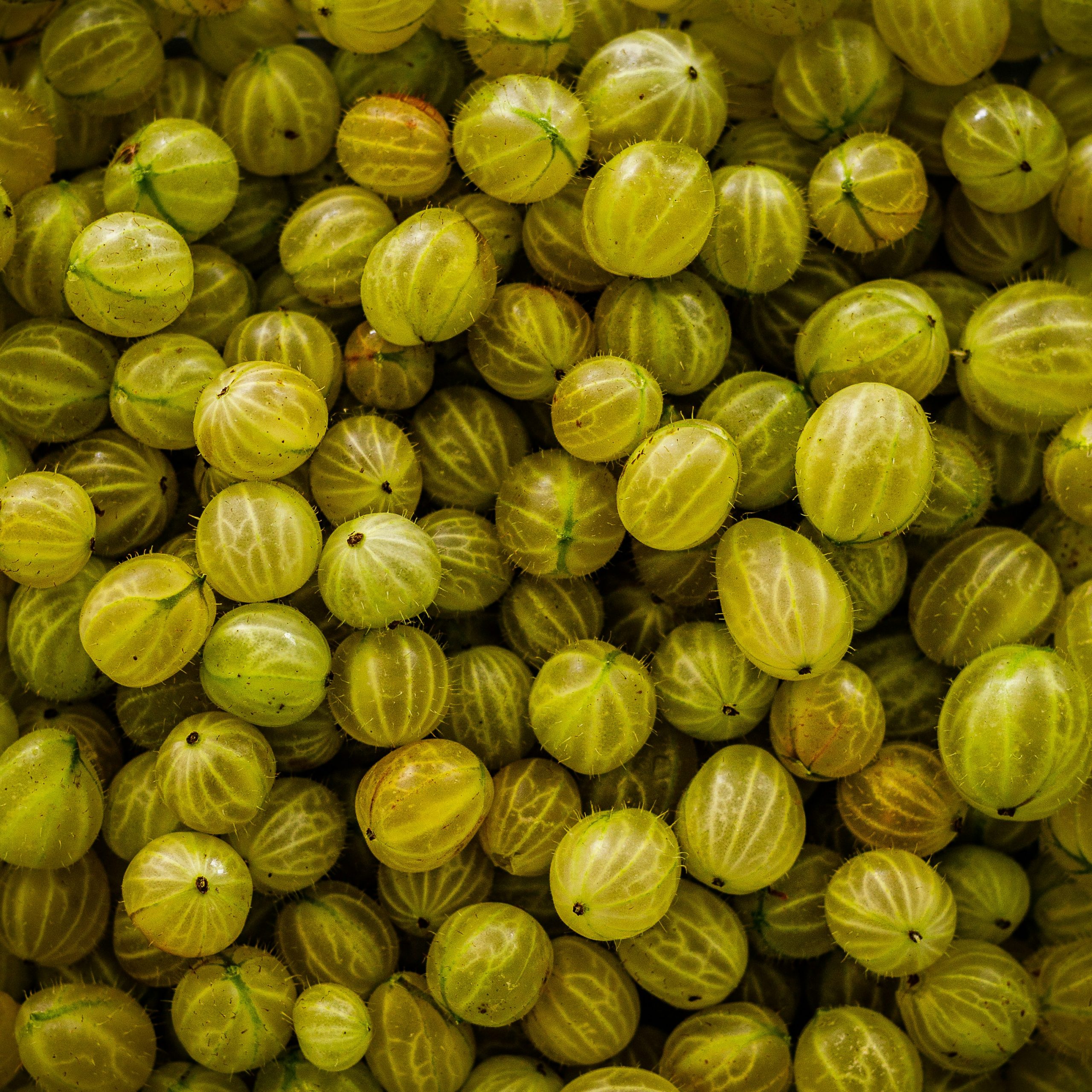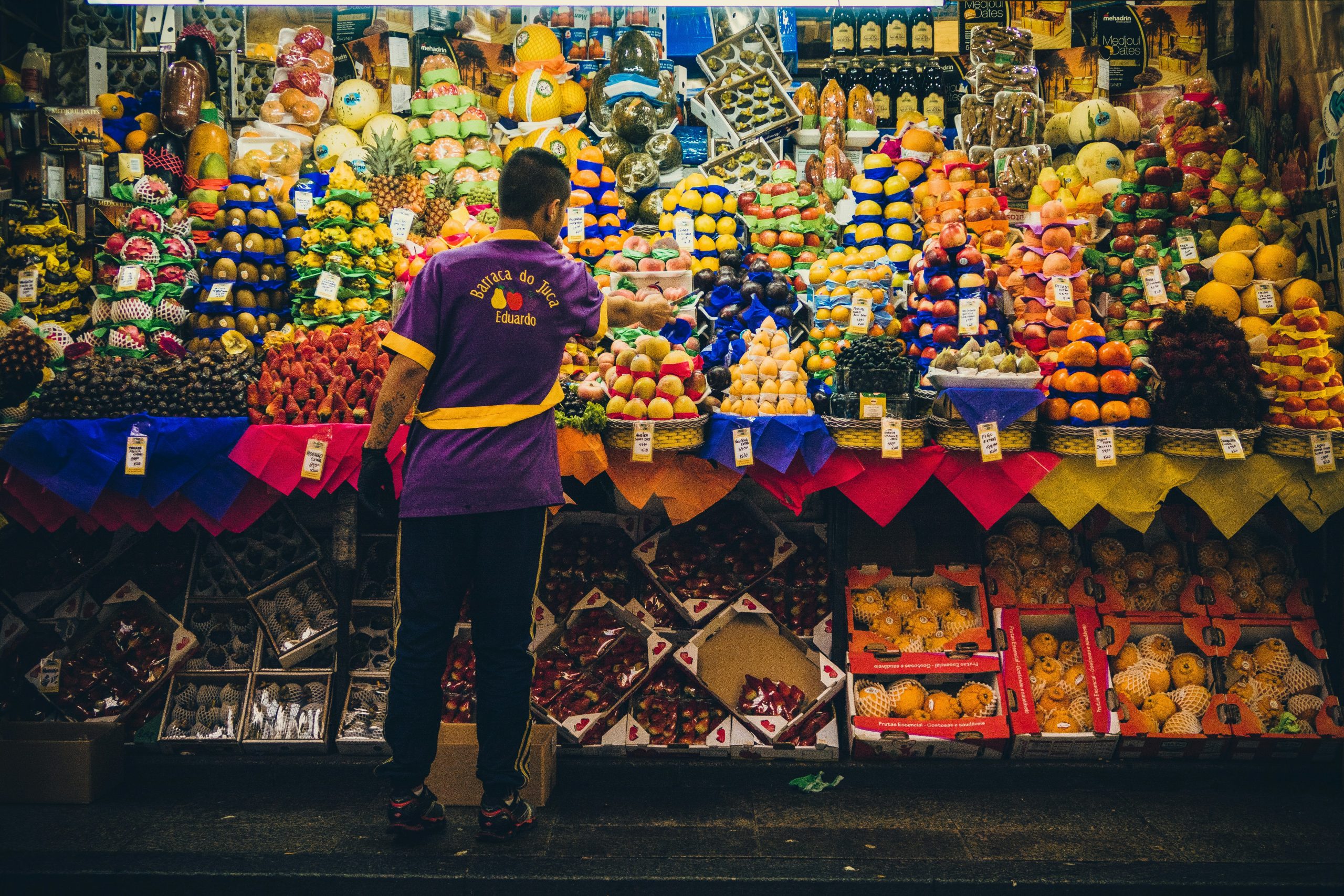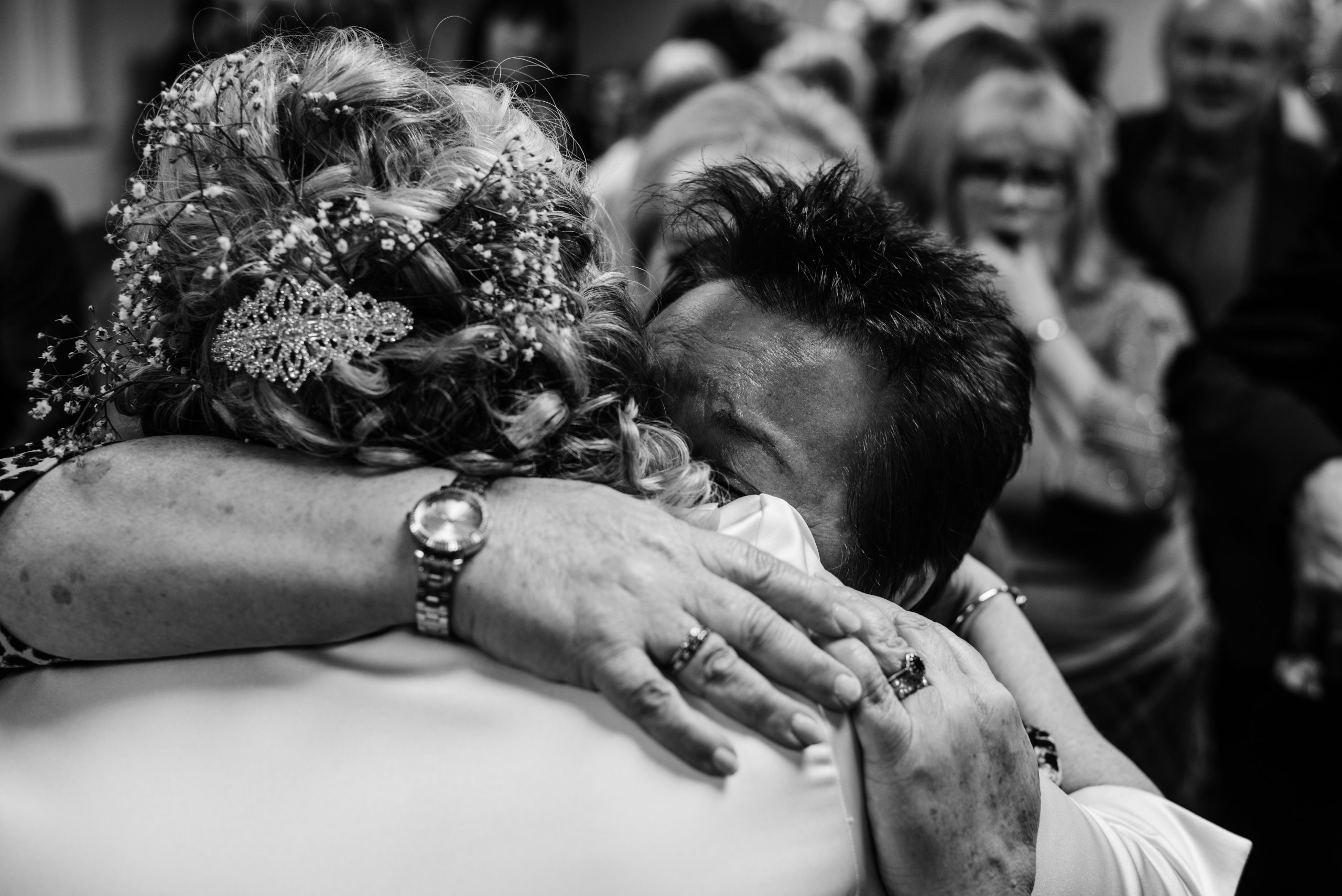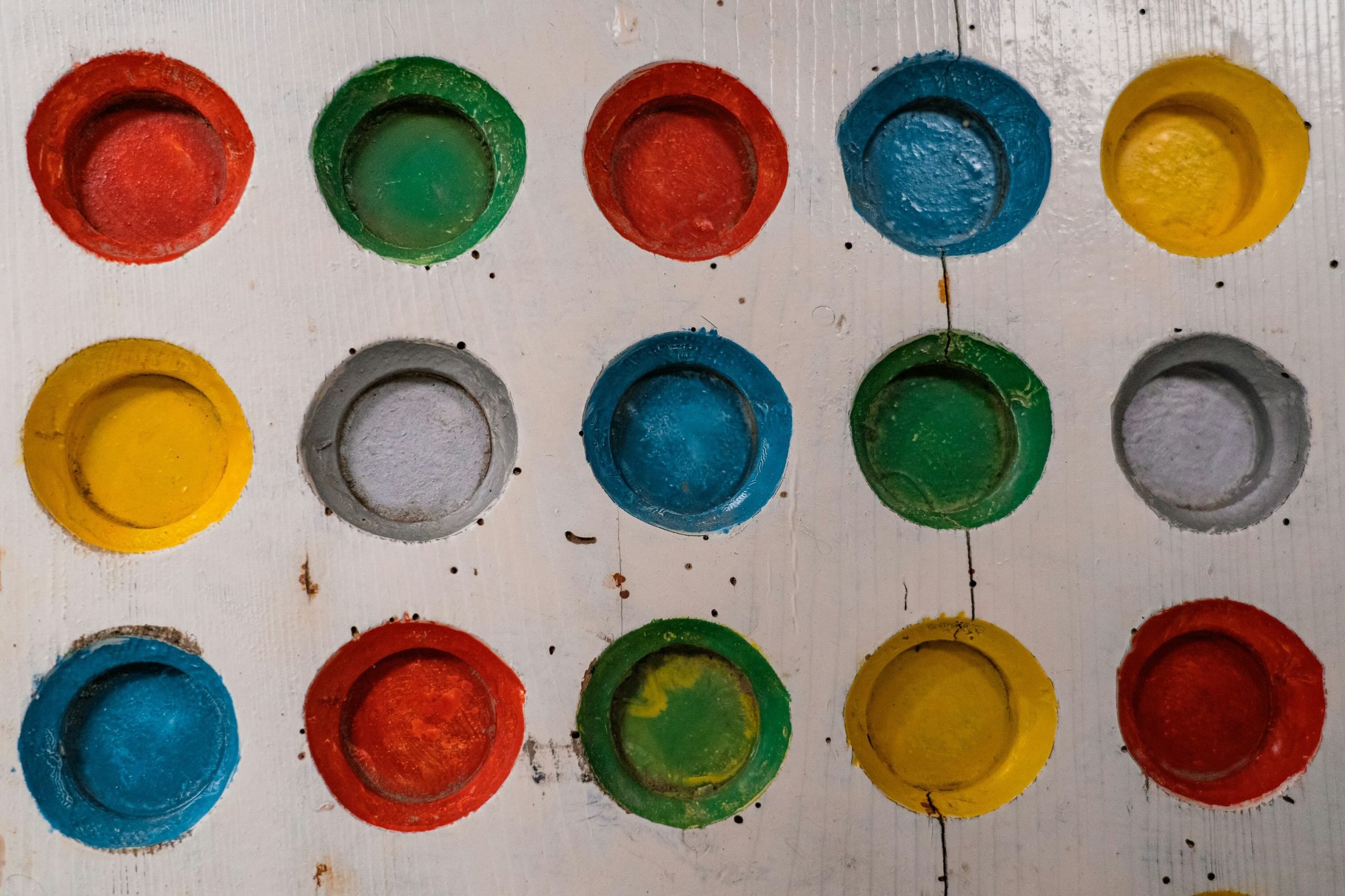Making A Shift
Haut-Brion holds a hallowed place not only in today’s luxury wine market and wine history but also for the people who study terroir identity, authenticity, and, of course, branding. Its wines captured the imagination of 17th-century England, where they became synonymous with luxury, status, and innovation. Arnaud III de Pontac, Haut-Brion’s visionary owner, revolutionised how […]

Haut-Brion holds a hallowed place not only in today’s luxury wine market and wine history but also for the people who study terroir identity, authenticity, and, of course, branding. Its wines captured the imagination of 17th-century England, where they became synonymous with luxury, status, and innovation. Arnaud III de Pontac, Haut-Brion’s visionary owner, revolutionised how wine was marketed, creating a name synonymous with quality and exclusivity. He even opened an exclusive tavern in London known as Pontack’s Head. Largely due to his astute entrepreneurial skills, in 1660, King Charles II ordered dozens of bottle of “Haubriono” wine for his cellar. In 1663, Samuel Pepys provided a tasting note, stating that he “drank a sort of French wine, called Ho Bryan, that hath a good and most particular taste that I never met with.”
Yet, as revealed in an intriguing observation by the philosopher John Locke, this celebrated history is not without its complexities. Locke’s writings uncover a fascinating story of blending practices and market strategies that challenge modern notions of terroir and authenticity. Haut-Brion’s history, rich with innovation and artifice, invites us to reconsider how we define the origins of luxury wine.
Drinking Haut-Brion became emblematic of high status, but also of England’s dependence on France for wine. For that reason, the First Duke of Shaftesbury, who had fallen out with King Charles II, sent someone to Haut-Brion to investigate in 1677. The perceived massive trade imbalance with France had stirred up much public controversy, debates in Parliament, and ire towards the King, who was the first cousin of Louis XIV. Shaftesbury’s idea was to plant vineyards and produce fantastic wine in South Carolina, a British colony. This would make the resulting wine duty free, which Shaftesbury hoped would cut into the King’s revenue from import duties, weakening his power, while also eliminating the trade imbalance. French wine became very politicised.
So, the emissary to Haut-Brion was actually a spy for Shaftesbury, who tried to steal the trade secrets of high-priced winegrowing. Who was this spy? The future philosopher John Locke.
John Locke Writes about Haut-Brion
My research into the history of how modern, long-ageing, highly phenolic Bordeaux claret came into existence brought me to Locke. The story chronicled by numerous French, British, and American historians seemed a bit confused. For instance, we know Haut-Brion wine had a distinct identity as a strong, dark coloured wine by 1670. The historian Charles “Chad” Ludington confirmed for me that Haut-Brion “was probably the first estate to make such a wine, and certainly the first to make a new style of wine and brand itself with a name.” Yet almost everyone also agreed that this new claret style epitomized by Haut-Brion truly appeared in commerce about 40 years later, in the 1700s. So, was this new high-quality wine style common in 1660 or only by the 1700s? How was it made? Were these truly single estate wines expressing terroir? Notably, Pontac owned numerous vineyard estates, including one at Pez in St. Estèphe.
I examined John Locke’s report for Shaftesbury, which had been combed over various times. There he gave a perfect description of terroir’s importance in winegrowing:
“The vine de Pontac, so much esteemed in England, grows on a rising open to the west, in a white sand mixed with a little gravel, which one would think wouldbear nothing; but there is such a particularity in the soil, that at Mr. Pontac’s,
near Bourdeaux the merchants assured me that the wine growing in the very next vineyards, where there was only a ditch between, and the soil, to appearance, perfectly the same, was by no means so good.”
I then looked at Locke’s journal entries, which were published in the early 19th century. There I encountered a curious phrase used by Locke: “makes a shift.” What did it mean? Here’s the journal entry: “I rode out, and, amongst other things, I saw the President Pontac’s vineyard at Hautbrion This ground may be estimated to yield about twenty-five tun of wine; however, the owner makes a shift to make every vintage fifty, which he sells for 105 écus per tun.” A tun, or tonneau, contained about 999 liters of wine.
Making a Shift
The contemporary definition of Locke’s phrase “make a shift” included elements of contrivance, artifice, paltry evasion or subterfuge, and even fraud. “By the early 1300s, this verb [shift] was used to mean ‘to change, to replace by another of the kind,’ the [Oxford English Dictionary] says. And in the 1600s, ‘to shift with (or without)’ meant ‘to manage with something inferior or without something desirable.’ Meanwhile, the noun had been developing along the same lines.” Later in the sixteenth century shift “meant a substitution. Consequently, ‘for a shift’ (first recorded in 1523) meant ‘for want of something better’; and ‘by the shift’ (1665) meant ‘at a pinch,’ Oxford explains.” This meaning of shift and making shift remained common in the practice of “artifice, ruse, and subterfuge” at cards. Webster defined, “fraud; artifice; expedient effect a bad purpose; or an evasion; a trick to escape detection or evil.”
In other words, according to Locke, 50% of the “Haut Brion” wine truly came from other vineyards and not the distinctive Haut-Brion terroir. I actually wrote a paper on this topic that will soon be published in the Journal of Wine Research, but here I’d like to share the opinions of the very knowledgeable experts I consulted.
The Experts Weigh In on Locke’s Comment
A couple of noted wine historians— Rod Phillips and Chad Ludington — agreed that no one had previously noticed Locke’s observation. They also agreed about what Locke was saying. I then wrote to the very amiable and helpful archivist at Château Haut-Brion, Alain Puignier. He didn’t write back immediately, and I wondered if I had somehow insulted the Château with this proof of 17th century artifice by Arnaud de Pontac. But Alain eventually replied, as did the wine scholar and luxury wine specialist Evelyne Resnick. In a 2008 book, Evelyne had declared Haut-Brion to be the world’s first wine brand.
Rod Phillips told me that my discovery was very interesting. “As you say, people haven’t given thought to the meaning of ‘shift’, although as you note, Chad Ludington noted [Pontac’s] blending of Pez and Haut-Brion” wines.
Rod continued: “Also interesting is how open they are about this. On the one hand there’s some recognition of the importance of place — Pontac has particular cachet — but there’s no sense that there’s a problem blending in grapes/must/wine from elsewhere. There’s a nice tension here that’s later resolved in favour of unique ‘terroirs’, but in the 1600s the tension remains and there is no problem telling people like Locke that, ‘oh, we double our output of Pontac wine by adding grapes from Pez.’” Chad Ludington told me, “It’s clear that Pontac doubled the amount of wine he was selling.” He added: “It’s unclear where Pontac got that 50% extra wine, but the evidence at Haut-Brion suggests it was from Pez, because Pontac was certainly using some wine from there for the final cuvee.”
This suggests that strict notions of authenticity and single-estate terroir were foreign to 17th-century wine practices, even among the nobility.
Alain Puignier reminded me that de Pontac’s “rural seigneurie” remained “within the vast gravelly terrace of Haut-Brion, surrounded by tenures (usufruct properties held by the lord’s tenants). According to the terrier of Haut-Brion, preserved at the Château, their vineyard area in the mid-18th century extended over more than 133 journaux, or nearly 42.5 hectares, only slightly larger than the lord’s reserve.” Puiginier held out the idea that the extra wine came from an annual rent, paid in wine by the tennants, “called the agrière, which amounted to one-fifth (cinquain) of the wine production from their plot.”
In the end, Alain Puignier also agreed that during “the height of English demand, it is possible that Pontac procured barrels of good wine from Pez, vinified using the same “new French claret” techniques as Haut-Brion, to sell under his brand in London, to meet the intense demand that had caused prices to skyrocket.”
Evelyne Resnick basically agreed. “Terroir is an important part of the history but maybe not as important as in Burgundy during the same time. Terroir was certainly an added feature in the definition of Bordeaux Grands Crus,” which occurred later in the 18th and 19th centuries.
Rod Phillips added: “It does raise the question of what we should call this practice. Not fraud or adulteration, because it was done openly, and it wasn’t seen by anyone as problematic. As we know, Bordeaux was blended with grapes/wine from many places right through to the 1900s and it was openly acknowledged through the 1800s.” Chad Ludington chimed in: “It seems to me that Locke was not scandalised by the doubling of the wine, in a way that we would be today. So, I would avoid the word ‘fraud,’ as standard and well-known practices of blending and lengthening a wine were only considered fraudulent if something other than wine was being used to make the final product.” He pointed out that his research on the 18th century Irish merchants in Bordeaux shows that “their blending was not concealed; it was demanded by retail merchants and consumers. By definition, it was not subterfuge or fraud.”
Evelyne Resnick, however, emphasised that “John Locke’s statement would have changed a lot if known in those days.” Locke was indeed slightly critical of Pontac. I can’t find another way to view his use of “make a shift,” although the phrase did not always have a strong negative connotation. Locke chose not to publish this information in his report for Shaftesbury. It’s interesting to ponder why. And most of his criticism lay on the fashionable, claret-imbibing class in England, who were driving rampant price inflation in the 1670s. That may sound familiar today.
Luxury Wine?
I asked Evelyne, “How would you describe Arnaud de Pontac’s and Haut-Brion’s role in marketing and branding of wine?” and “Was this the beginning of ‘luxury wine’?” She had an intriguing reply: “Arnaud de Pontac’s and Haut-Brion’s role was crucial for branding a wine independently from its owner. Haut-Brion is almost certainly the first ‘wine brand.’ But can we call it a luxury wine brand? Maybe not at that time of its history: the estate was not old enough to fill up all the criteria of luxury, such as we understand it now. Europeans consider scarcity, history (preferably long), and point of origin (terroir) as the main criteria for luxury.” She asked: “And is wine part of luxury? It can age wonderfully but once drunk, we’re left with a container (the bottle).”
In the end, the history of Haut-Brion, as revealed through Locke’s observations and the insights of modern scholars, challenges our contemporary understanding of authenticity, terroir, and the origins of luxury wine. While Arnaud de Pontac was undoubtedly a pioneer in wine branding and marketing, his practices reflect contemporary realities when blending and extending production were openly acknowledged, not condemned. Historical practices reveal evolving definitions of wine quality and identity. Haut-Brion’s story thus stands at the intersection of tradition and artifice, innovation and authenticity. It not only represents the birth of the modern wine brand but also challenges us to reconcile historical realities with today’s ideals of terroir-driven identity. This enduring tension enriches our understanding of what it means for a wine to express “a sense of place.”













